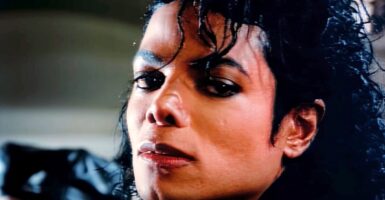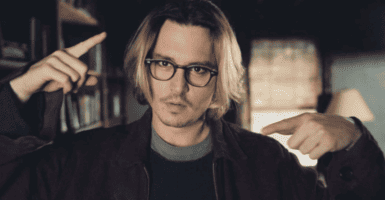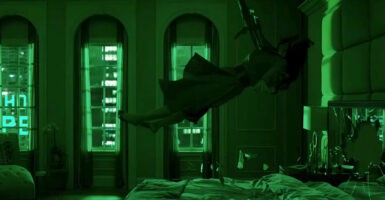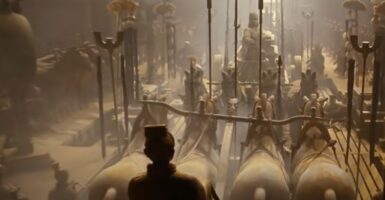Michael Keaton Was The Worst Batman And Here’s Why
Michael Keaton was the worst actor to portray both Batman and Bruce Wayne for a simple reason: he's just too fun to be around.
Michael Keaton is a show business treasure. The man has done everything from bit parts in classic 1970s sitcoms to stand-up comedy to being a full-time production assistant on the legendary children’s show Mister Rogers’ Neighborhood. After breaking through as a comedic leading man in the 1980s, he unexpectedly became a megastar after being cast in Tim Burton’s 1989 Batman. Despite initial protests from comic book fans (not to mention character creator Bill Kane), Michael Keaton was acclaimed in the role and became cemented in a generation of viewers as the Batman actor. However, there is an issue with that: Michael Keaton’s performance as the Dark Knight is the single worst of any of the live-action actors to play him in a feature film.
We are aware this can come across as heresy. Michael Keaton portrayed Batman (as well as billionaire playboy Bruce Wayne) in both Batman and its 1992 sequel Batman Returns, both of which were huge-grossing blockbusters. The success of the first film is arguably responsible for the existence of all subsequent comic book films, including the massive Marvel Cinematic Universe franchise, Sony Pictures’ attempts at creating a Spider-Man-less Spider-Verse, and Warner Bros’ ever-chaotic DC Extended Universe. That a comic book movie hit so hard that it opened Hollywood’s mind to the possibility of other adaptations is historically impressive, and much of it has to do with the warm, appealing charisma of Michael Keaton.
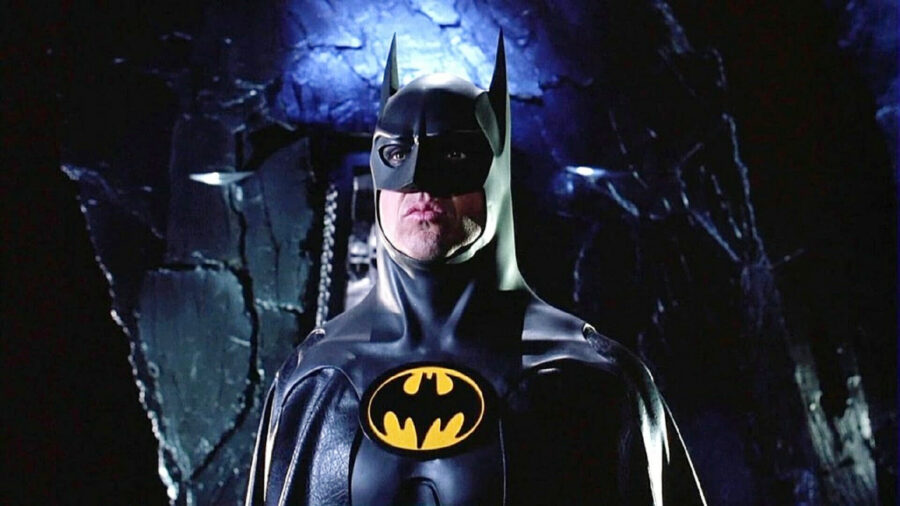
And therein is the problem: Michael Keaton is great. He’s fun. He’s approachable, affable, and basically an ideal everyman. All of those qualities make him a wonderfully engaging leading man in comedies like Mr. Mom and The Other Guys, but also make him a terrible Batman and a worse Bruce Wayne. While any long-running comic book character will end up with different characteristics as they are written by different people over the years, Bruce Wayne has historically either been portrayed as a performatively arrogant, drunken playboy (which throws off the scent of his crimefighting identity) or as a cold, distant recluse in Wayne Manor. Batman has usually been portrayed as a mysterious figure that Gothamites view as much of a myth as a man or a fanatically driven fanatic endlessly patrolling the streets in search of crime to fight.
Michael Keaton does not fit in with any portrayal of either Bruce Wayne or Batman. In the first movie, he is public enough to welcome hordes of socialites and reporters to his home, but not famous enough that anyone recognizes him. He is socially adjusted enough to casually and easily joke and romance Vicki Vale (Kim Basinger) but does not appear to have any kind of life outside of that. The incongruity of Michael Keaton’s take on Bruce Wayne is perfectly summed up in a scene in which he and Basinger attempt to have dinner in one of Wayne Manor’s enormous dining rooms, only to move to the kitchen to have a warm, casual hang with Alfred. This is perfect for endearing viewers to Michael Keaton and making him seem approachable, but here’s the thing: Bruce Wayne is not approachable.
Bruce Wayne is a psychologically tortured, borderline functional scion of privilege who has never had to interact with the common people except to beat them up. There is no reason why he would be as warm and fun as Michael Keaton portrays him. Christian Bale understood this, which is why his version of Wayne uses charm as just another mask he wears as needed. Val Kilmer realized that when he isn’t fighting crime, Bruce Wayne is basically stewing in his own fractured psyche and coming near madness. Ben Affleck got that playing Bruce Wayne as an arrogant if ultimately heroic alcoholic works. Robert Pattinson saw that young Bruce Wayne is basically a goth shut-in who has not yet learned that integrating into society is another potential tool in his arsenal. George Clooney just read his lines and got out of there as quickly as possible, which is understandable.
Fundamentally, Michael Keaton’s portrayal of Batman was designed to appeal to an audience that largely did not know or care about the decades of character building in comic books. In that, it is highly successful and a huge reason why the Tim Burton movies succeeded. While fans who were against his casting at the time largely protested that he did not have the intimidating physical presence to portray Batman (which is true enough), they missed the fact that he is just too nice to be Batman.









